Pretty much everyone has had the experience of checking out their teeth in the mirror and finding them to be duller and less white than you’d hoped. It’s a frustrating and disheartening experience, especially if you felt you were doing a great job of brushing and flossing like you’re supposed to. Having a bright white smile is very important for self-confidence, and seeing that smile turn yellow can be difficult.
When you don’t feel like you look good, your confidence and charisma suffer, and your personal and professional lives can suffer too. That’s why it’s so important to have a white smile, and when that smile turns yellow, it can be a great boost to see it turn white again.
There are plenty of reasons why your teeth might turn yellow even if you brush them every day. One great place to start is talking to your dentist to figure out if there’s anything going on with your teeth that might be a problem or could be causing them to turn yellow.
The American Dental Association recommends seeing your dentist every six months or so, so you can clean your teeth and get them checked out. You should also consider your dentist to be a resource to answer any questions you might have about your teeth.
If they’re turning yellow and you don’t know why, your dentist’s office is a great place to start! We’re also here to help, so in this article, we’ll be going over some of the reasons why your teeth might be turning yellow and what you can do about it.

Damage To Your Enamel
Every tooth in your mouth is made up of three different layers. The inner layer is called the pulp, and it has a bunch of blood vessels and nerves in it. This is the most important part of your tooth! The vessels in the pulp of your tooth keep nutrients flowing to it, which keeps your tooth from dying. However, the pulp is very delicate, and any damage to it can be extremely painful. If tooth decay reaches the pulp, you might be in big trouble!
The next layer is called the dentin, and it makes up the majority of each tooth. Dentin is harder than pulp but still fairly soft and vulnerable. Unlike the pulp, which plays an important role in keeping your tooth alive, dentin is mostly there to help provide structure and keep your tooth from collapsing. Because dentin and pulp are squishy and vulnerable, they require something to keep them safe from any damage. That’s where your enamel comes in.
Enamel is the outermost layer of your tooth. Unlike pulp and dentin, enamel is very thin and only covers the outside of your tooth. However, despite being thin, enamel is very, very strong. It’s actually the hardest material in your entire body, even tougher than your bones! It’s made up mostly of minerals, and it’s there to protect the softer inner layers as you chew and grind your teeth.
However, as tough as enamel might be, it’s definitely not invincible. It can be cracked, damaged, or sometimes eaten away by bacteria that appear in your mouth as you eat. This is a big reason why it’s so important to brush frequently!
The ADA recommends brushing twice a day, every single day, and flossing once a day to get the nooks and crannies in between your teeth. If you don’t brush, bacteria on your enamel can slowly eat away at it, making it thinner and thinner.
Unlike most parts of your body, enamel doesn’t have any living cells. This is part of what makes it so tough, but it also means enamel can’t regenerate if it gets damaged. Once your enamel is gone, it’s gone forever, so try to take good care of it!
Enamel is also partially responsible for the color of your teeth, which is what makes it particularly relevant to this article. The dentin underneath your enamel is yellow in color, but enamel can range from bright white to partially transparent gray. This is one possible reason why your teeth might be yellow even though you brush them every day!
Some people are just born with naturally thin enamel, which lets the yellow coloring of the dentin underneath show through. Other people have enamel that’s naturally a little yellow itself, so even when it’s clean, it still looks like there are stains on your teeth. Enamel can also change the color of your teeth as you age.
A lifetime of chewing, brushing, and grinding your teeth can wear down your enamel, making it thin, even if you brush your teeth every day. This is why many people develop yellow teeth as they age. Any damage you’ve caused to your enamel during your life sticks around forever, so that’s another reason.
Even if you brush your teeth all the time, enamel damage gradually builds up throughout your whole life.

If you have any of these problems with your enamel, brushing them isn’t going to do much good for fixing the coloring. Instead, you might try getting them whitened professionally or with an at-home whitening system. Sometimes the color of your teeth can get to be outside your control, which is why so many people are choosing to take that control back and whiten their teeth.
Other possible solutions include veneers and crowns that can cover up the yellow teeth with bright white outside layers. We’ll go over teeth whitening a little more later on in the article.
Plaque And Tartar
Plaque is the most common cause of yellowing teeth and tooth decay. You’ve probably heard about plaque a million times from your dentist, but it’s worth going over again. Plaque is a thin biofilm made up of leftover food, saliva, and bacteria that coats your teeth after eating.
By itself, plaque isn’t going to make your teeth all that much more yellow. It’s thin and mostly translucent, so it’s not always easy to see on your teeth. But plaque can make your teeth look discolored as it starts to build up, and the bacteria in plaque is what causes all that damage to your enamel.
Luckily, plaque is pretty easy to get rid of if you take good care of your teeth. Just brush frequently, and you can brush away all the plaque covering your teeth and keep them nice and clean.
Flossing is also a good idea - even if you’re brushing every day, if you’re not flossing regularly as well, then you’re still going to end up with a buildup of plaque in between your teeth. Brush twice a day and floss once per day; your enamel will thank you!
If you really do brush every single day, then you’re probably wondering how plaque can possibly be causing your teeth to turn yellow. After all, it’s easily brushed away every night.
However, if you’ve skipped brushing for a day or two since your last professional cleaning, or if you’ve missed any sections of your teeth during brushing lately, then you could be dealing with a different issue: tartar. Tartar is the result of plaque mixing with the minerals in your saliva to form mineralized deposits on your teeth.
It can take as little as 48 hours for plaque to turn into tartar, so it’s important that you not skip days when brushing. Tartar is yellow-brown in color and can contribute to your smile looking a lot less white. Most importantly, unlike regular plaque, tartar can’t just be brushed away.
Generally, tartar can only be removed in the dentist’s office, which means it can stick around on your teeth even if you’re brushing regularly. This is one of the most likely reasons why you could be brushing and brushing and still have yellow teeth.
Almost 70% of American adults have some tartar in their mouths right now, so it’s possible you could have tartar buildup on your teeth and not even know about it. That’s why it’s so important to continue to visit your dentist for regular cleanings, about once every six months or so.
Stains On And Inside Your Tooth
Staining is one of the most common reasons why your teeth might be turning yellow. Stains on your teeth are mostly caused by residue left over after you eat, especially if you’re eating or drinking things that are darkly colored, like red wine or beets.
There are two different kinds of stains: extrinsic stains and intrinsic stains. Extrinsic staining is by far the most common kind and is almost always caused by residue from your food. As the name suggests, extrinsic staining is superficial, appearing as a yellow coloring on the outside of your tooth.
The color can change depending on what you ate or drank to leave the stain - coffee, for example, can leave a dark brown stain, while beets leave red ones. Most stains can’t actually stick to your enamel because of how smooth it is, so you’re less likely to end up with stains on your teeth if you brush regularly.
Plaque and tartar, however, are much more porous, and stains stick to them pretty easily. This is actually good news for you! It usually means that all you have to do is brush your teeth, and when the plaque goes away, the stain goes with it.
However, if you do have tartar on your teeth, you can keep building up stains even if you’re brushing every single day. Stains on tartar can only be removed if you go to the dentist, so you’ll be stuck with them until your next regular cleaning unless you decide to use a teeth whitening system.

Intrinsic stains are a little more complicated and might be the cause of your discoloration if you’ve been good about brushing every day. Unlike extrinsic stains, intrinsic staining goes deeper than the surface level of your tooth, which means you can’t just brush it away. It’s most often caused by the side effects of medication, certain medical conditions, or overexposure to fluoride.
Intrinsic stains can also appear on your dentin if your enamel has been completely worn away. They typically appear as small dark spots on your teeth, although they can sometimes look yellow just like extrinsic stains can. Intrinsic stains aren’t always removable and sometimes have to be covered up by crowns or veneers.
However, some intrinsic stains can be bleached away with whitening treatments, but it does depend on the situation. You can also develop intrinsic staining if your tooth has suffered some trauma, like being bruised or cracked. If that’s the case, you should see your dentist as soon as possible to prevent the pulp of your tooth from being damaged. If the pulp is harmed, the tooth may wither and die. Otherwise, your dentist may be able to repair the damage.

Fluorosis
Fluorosis is a condition caused by overexposure to fluoride, usually within the first eight years of life. It’s generally seen in children under the age of 12, although adults can suffer from fluorosis as well. Fluoride is a naturally occurring substance that’s usually great for your teeth. It helps to strengthen your enamel and kill bacteria, which keeps your teeth healthy and white.
That’s why fluoride is added to most drinking water in the US, as well as a wide range of dental products. However, too much fluoride can cause discoloration in your teeth. The symptoms of fluorosis can range from small white dots and lines on your teeth to yellow or dark brown stains covering the entirety of the tooth.
These teeth are still just as strong as any other teeth, but the discoloration can be emotionally traumatizing or difficult, especially for children. If you know your child is brushing every day, but you still notice stains like this on their teeth, it might be caused by fluorosis.
The most common cause of fluorosis is overusing dental products with fluoride in them, like toothpaste and mouthwash. Sometimes kids like the taste of their toothpaste so much that they swallow it instead of spitting it out, which introduces too much fluoride into the body.
Watch your kids when they’re brushing their teeth to make sure they’re not using too much or swallowing what they do use.
The ADA recommends using only a little toothpaste for kids under three, about as much as a grain of rice, and only a pea-sized amount for kids between three and six.
Fluorosis can also be caused by taking too much fluoride supplements or fluoride infused drinks and food. Try to limit your kids’ exposure to fluoride if you can!
Smoking
If you’re a smoker, then nicotine could be causing your teeth to turn yellow. Even if you brush every day, the staining power of cigarettes is so strong that you could still end up with teeth covered in unsightly yellow and brown stains.
Smoking can also cause more tartar to build up on your teeth and give you other issues like a higher risk of oral cancer. If you’ve been looking for an excuse to quit, take this one! Even e-cigarettes can cause stains on your teeth. It’s not just the smoke that causes staining, but also the nicotine itself.
Any electronic cigarette that uses nicotine will cause some staining on your teeth, even if you brush and floss frequently. However, tobacco cigarettes are the worst because they also include tar that can stain your teeth even worse. If you smoke, do your teeth a favor and find a way to quit! Not only will you be healthier, but your smile will be so much brighter.

Whitening Your Teeth
No matter what’s causing your teeth to turn yellow, if brushing isn’t doing the trick, you may want to move on to teeth whitening products like Snow. Snow uses a whitening gel made with diluted hydrogen peroxide, which bleaches the stains right off your teeth.
You apply the gel with a special applicator wand, painting it onto your teeth like you’re painting a fence. This allows you to get every little nook and cranny without causing any irritation in your gums. Once you’ve applied the gel, you put in Snow’s special LED activating light, which makes the peroxide even more powerful and effective.
The whole process only takes between 10 and 30 minutes, and you’re guaranteed to see results you like within the first seven days of using Snow! The whitening system also includes a free smartphone app that puts you in the driver’s seat of your teeth whitening experience, allowing you to control everything from how long the light stays on to where in your mouth it focuses.
Snow is the most technologically advanced teeth whitening system on the market, so if you’re having trouble keeping your teeth white, Snow might be the best choice for you.

There are also a ton of other different teeth whitening products out there, so take your time finding the one that’s right for you! Whiter teeth are within your reach - all you have to do is take the first step.

















































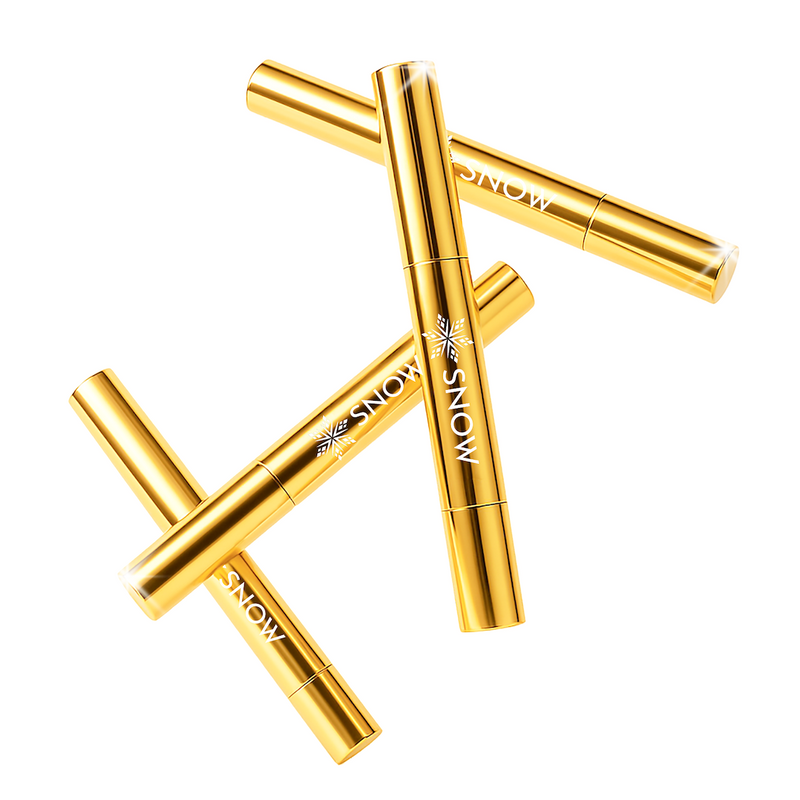

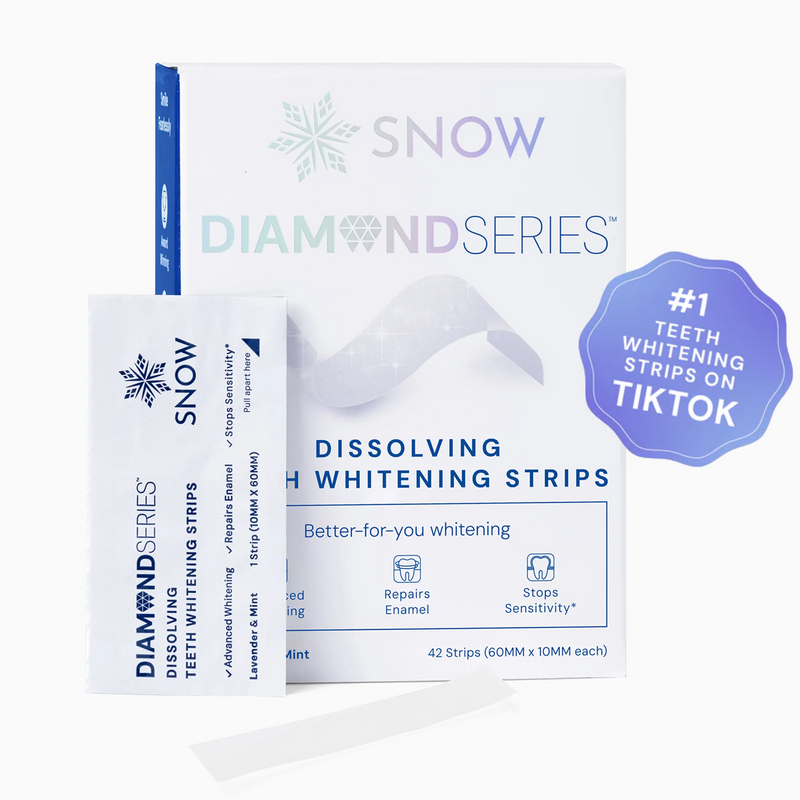
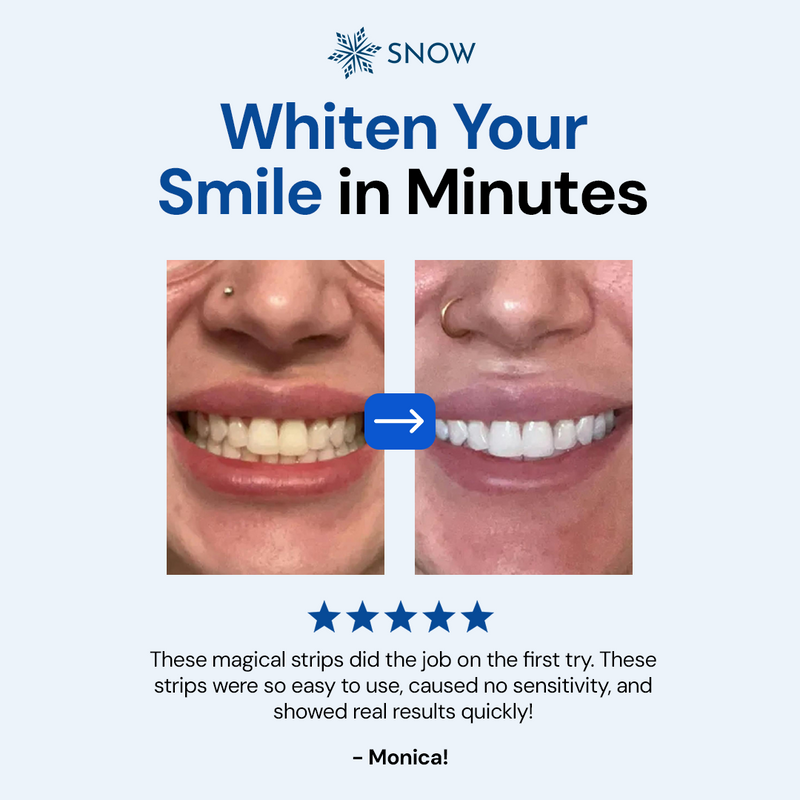
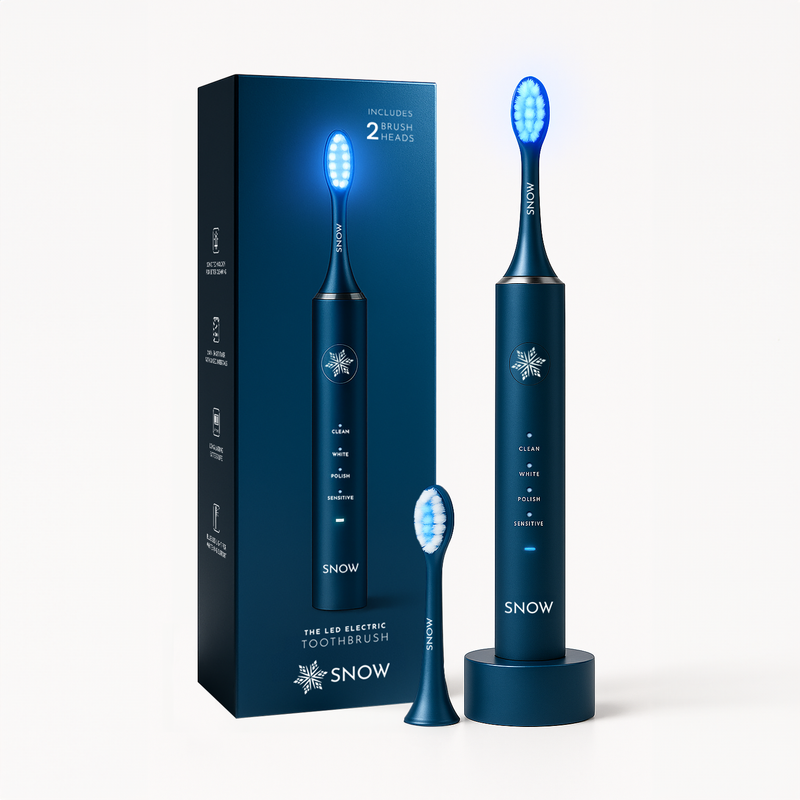

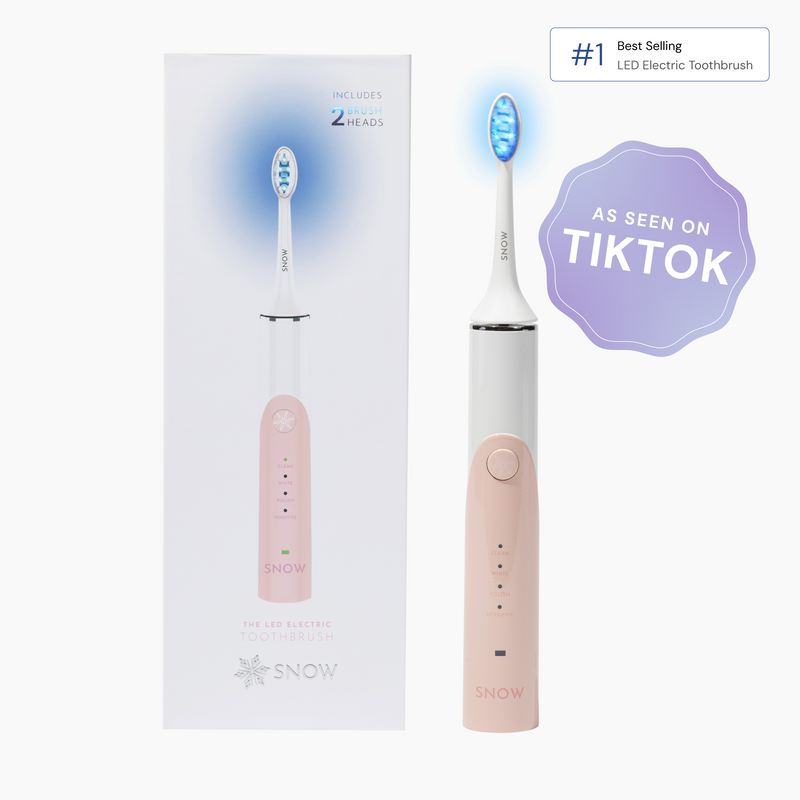




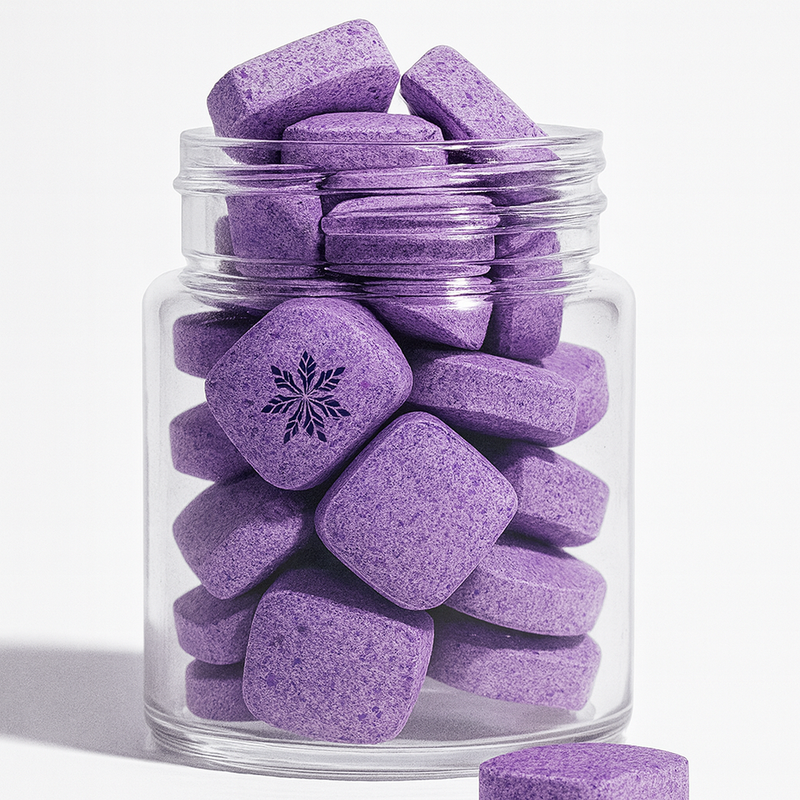
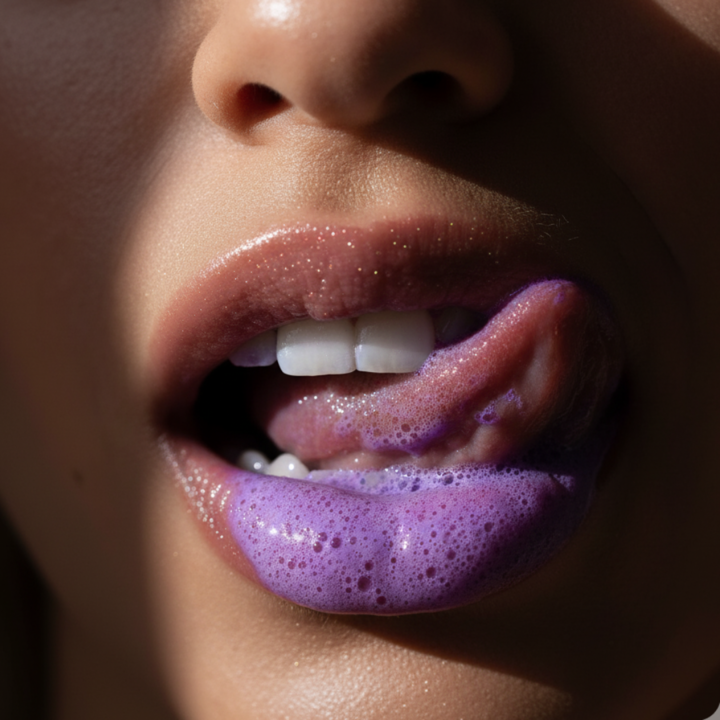



![Is It Safe to Use Whitening Toothpaste Everyday? [The Real Answer]](http://snow-teeth-whitening.myshopify.com/cdn/shop/articles/is_it_safe_to_use_whitening_toothpaste_everyday.png?v=1759931228)


